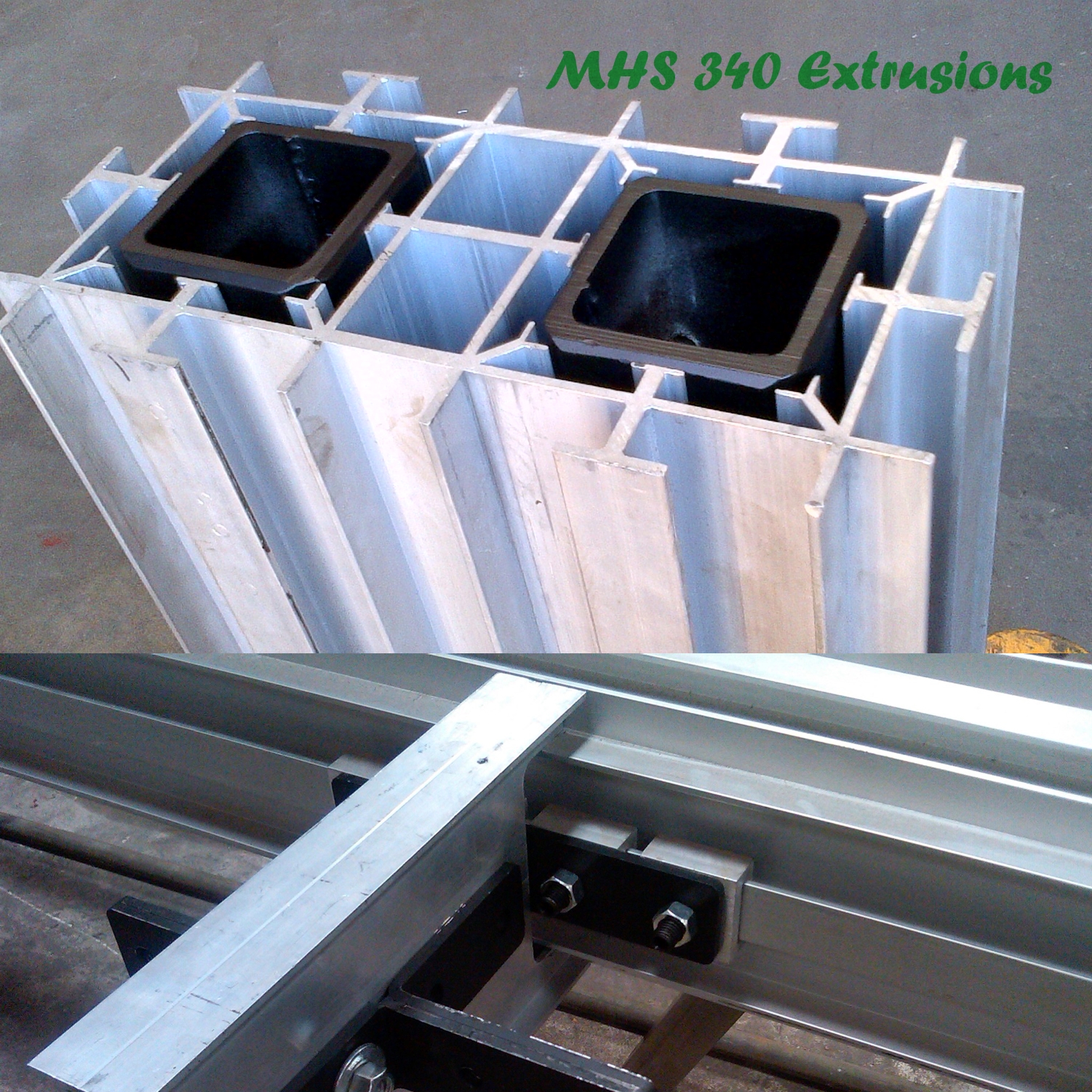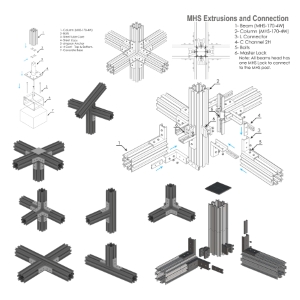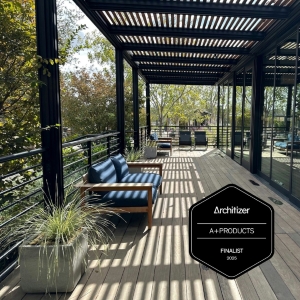| Modular Aluminum Housing Systems |
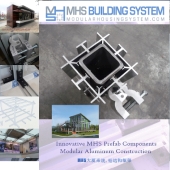
|
|
|
Superiority of Post-and-Beam Framing for Sustainable Light Building Design |
|
|
|
|
Sustainable Home Design: Revolutionizing Building Practices |
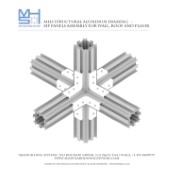 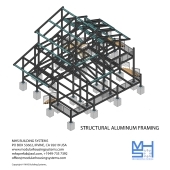
|
Best of the Year in Flexible Design & Architectural Design Categories Congratulations again on MHS Structural Aluminum Framing Design's selection as a finalist in the Flexible Design & Architectural Design Categories The official Finalist and Winners Announcement is now live on Architizer and below you will find additional details to make the most of this honor. The A+Product Awards Winners Gallery Finalists can be viewed in the Architizer Winners’ Gallery under their respective category types. To access the Winners' Gallery, visit: https://winners.architizer.com/2025/Products/ |

